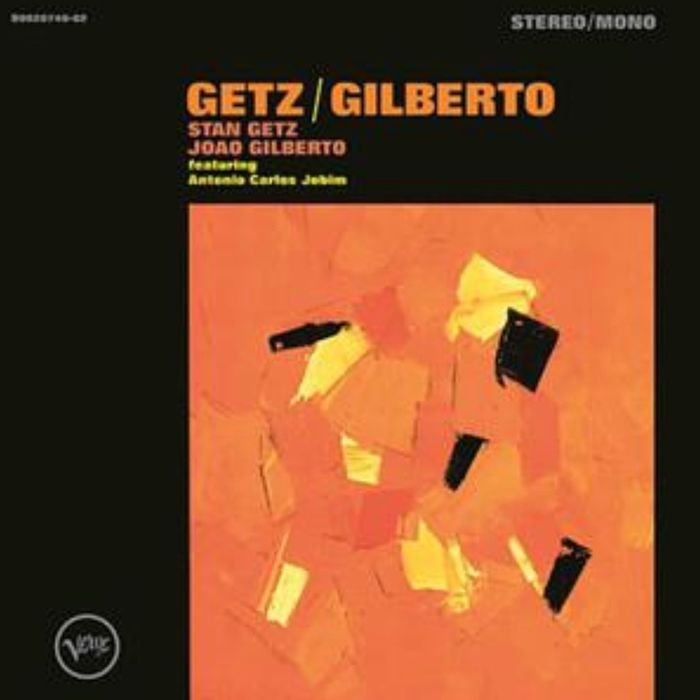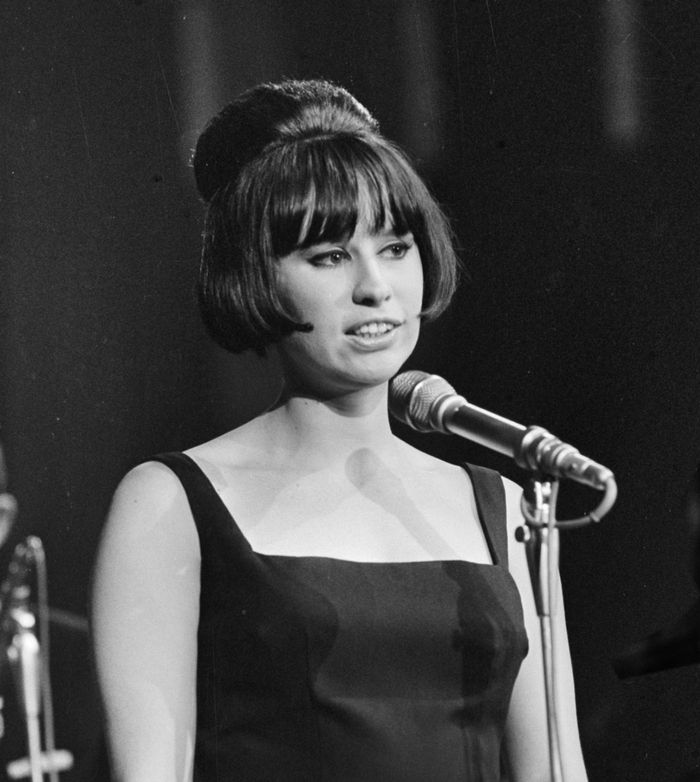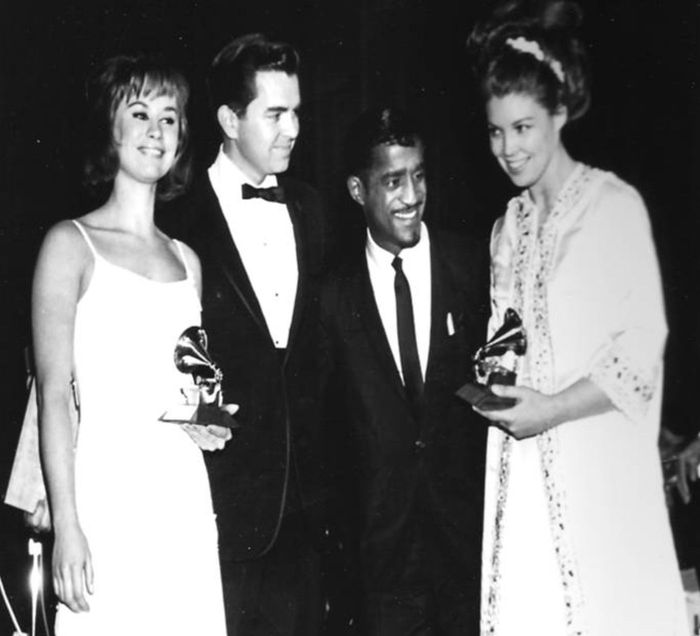Getz/Gilberto
Imagine you are in Portugal, in 1962, and you are listening to this new Brazilian song. You have been a fan of Brazilian artists for a while. You recognize the beat, you appreciate the lyrics. You notice the Jazz drums, the soft brushing, the double bass, the piano, the elaborate chord progression, but that's not particularly new for you. This vibe has been kicking in for a few years.
Suddenly the first chorus is over, and out of nowhere, a tenor sax crashes in and takes the main theme into a full 36 bar solo. It's a disconcerting and dissonant moment where you can't place the music against a Copacabana backdrop or inside a smoky club downtown.

The timeline that leads to this record, starts with Bossa Nova brewing in the progressive and modernist middle class of late 50s Rio de Janeiro. Having previously borrowed some harmonies and structures from Jazz and other western influences to spice up - or rather smooth down - the traditional beats of Samba, this new beat from the exciting land of tomorrow was now being hyped up in the U.S. and Europe, and about to become the hot new thing.

There are many documents about how Bossa Nova took the world by storm, and almost all of them notoriously mention the direct influence of JFK's State Department which promoted several cultural exchanges under the politics of good neighbours such as the touring in Brasil of several American Jazz musicians, as well as exposure of Brasil's culture back in the States.
By 1962, Bossa Nova is already soaring through the airwaves in the States. Gilberto comes to Carnegie Hall for the first time, along a few other musicians to take part in a rather peculiar concert. What the critics in Brasil called a pathetic and disorganized flop was, for others, the epicenter of the Bossa Nova phenomenon, and it was set to change the course of Jazz and popular music for good.
On to early 1963 and the marriage is being consummated in albums which titles leave very little to the imagination: Getz and Byrd's Jazz Samba and Dave Brubeck's Bossa Nova U.S.A. So when Getz and Gilberto first walk into the A&R sessions in March, Bossa Nova is no novelty. However, its greatest chapter is still to unravel.
Produced by Creed Taylor and engineered by the extremely talented, innovative, and mega awarded Phil Ramone these sessions were quite eventful. Shockingly, according to Studio Stories: How the Great New York Records Were Made, what is now the most famous Brazilian song of all times, appears to have happened almost by accident.
On a lark, Astrud was persuaded to sing the English lyric to the song, ostensibly to be used as a demo. Ramone hung a U47 in front of Astrud - an untrained vocalist who'd never sung a note on tape - and five minutes later, The Girl from Ipanema was complete.

Unfortunately, just as quick as they were recorded, the sessions that would become an album awarded with 4 Grammies, were promptly shelved, for a whole year.
Meanwhile, the U.S. establishment is starting to see the Southern good neighbour with very different eyes. Progressive and socialist politics were taking Brasil too close to Cuba and the USSR, thus becoming a threat to the U.S. interests in the continent. When in November 63 Kennedy was murdered, the apparatus was preparing for several scenarios, including armed intervention.
Forward to March 1964, and Verve finally decides to release Getz/Gilberto. Also in March 1964, a U.S. backed military coup is now in progress, throwing Brasil into 20 years of brutal dictatorship.
With that coup in full flight, and one year after its recording, the Getz/Gilberto English-language rendition of “The Girl from Ipanema” featuring the lead vocal performance of João’s wife, Astrud Gilberto, was released. It would become a worldwide hit, and one of the most recognisable pop songs of all time.
You can read more about how the history of Bossa Nova in the U.S. is intertwined with the U.S. imperialistic meddling in South America, and the establishment of the brutal 64-85 dictatorship, in this great article from brasilwire.com or this brief retrospective.

Today we listen to these records without realising how unexpected, fresh, unheard they must have been to the crowds of the early 60s. None of it surprises us now. Bossa Jazz, Tropical Funk, Acid Jazz, Rock Hip-Hop, they might be playing in the background of your life before you even notice that they are a thing that had to be invented.
Realise that someone, somewhere, for the first time, experimented adding a rhythmic element of this to that, and immediately thought hm, this works. And then someone else was listening and threw a baffled hey, what is that!?. But in 2020, it looks like you could throw one of these mashups at another one - throw Gipsy Jazz into Ska Punk - and there is no way it is going to sound fresh.
So the only thing left is a hard task, but not an impossible one, to try to listen with unspoiled ears. For me, that starts with trying to immerse myself in the scenario, get closer to the characters, then try to identify the moment, and live what is happening there and when. Reading an artist biography, learning about the socio-economic context, or even nerding about the microphones engineers were using at the time always help.
But the thing that helps me the most is listening to live albums. And that's as good a reason as any for you to now read the follow up to this post, about Getz/Gilberto Vol. 2, one my favourite live recordings of all time.
Previous post An impossible album